Written by Meredith Mendelsohn, CNN
In the 1930s, hundreds of thousands of poverty-stricken Dust Bowl refugees poured into California from the parched Midwest in search of food, jobs and dignity. Meanwhile, much of the country, mired in its own Depression-fueled misery, was oblivious to the ecological and social catastrophe at hand. Armed with a camera and a good dose of outrage and compassion, Dorothea Lange set out to change that.

It's a recurring theme throughout modern history, the downtrodden and their advocates. For Lange, photographing the subjugated was her way of aiding them. She pioneered a use of the camera as a powerful catalyst for social change, and in an era erupting with humanitarian conflict, her legacy resonates.
Lange's Depression-era photos are so tightly woven into the fabric of American culture that, for many of us, our memories of that period are inseparable from the scenes she captured with her camera, from her iconic portrait of maternal demoralization and perseverance, "Migrant Mother" (1936), to her over-farmed fields, ramshackle lean-to tents and dusty jalopies.
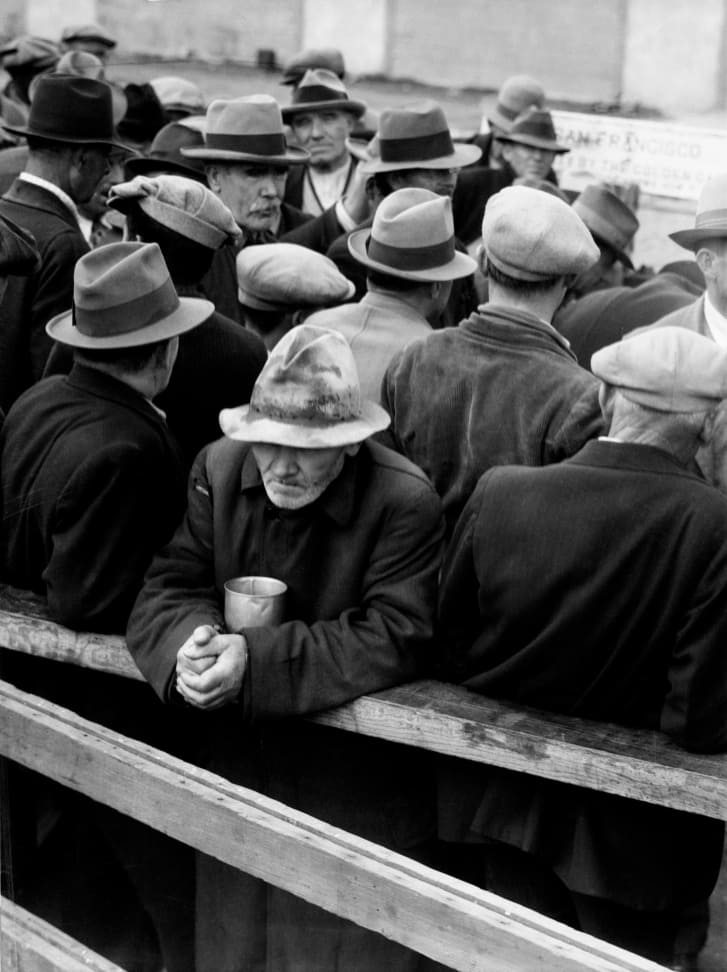
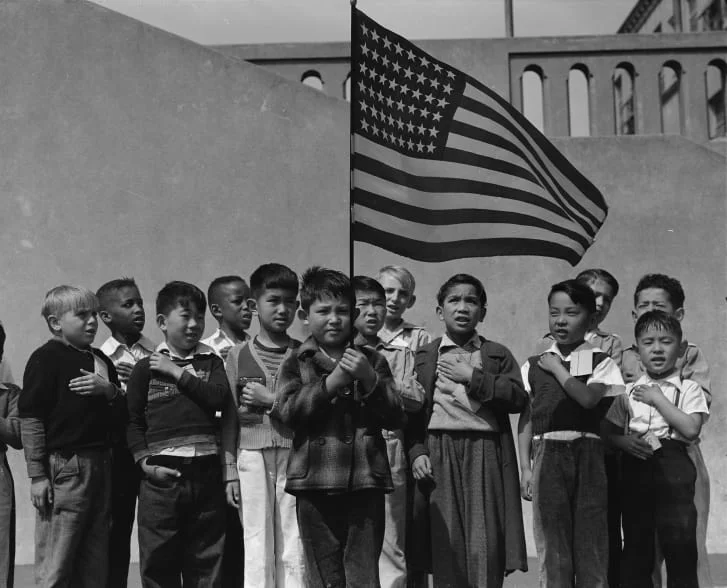
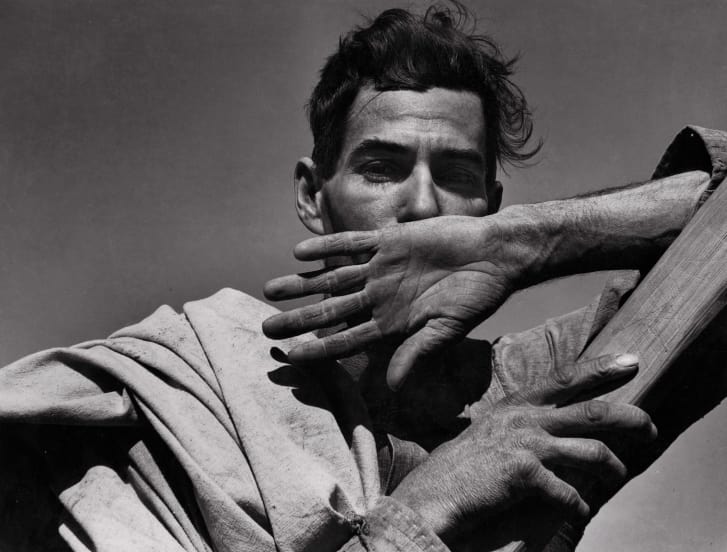
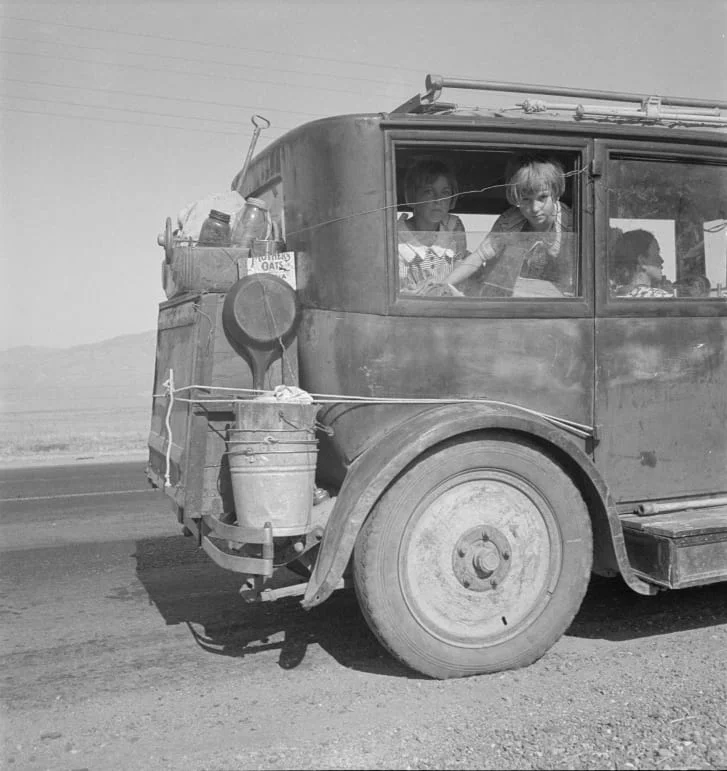
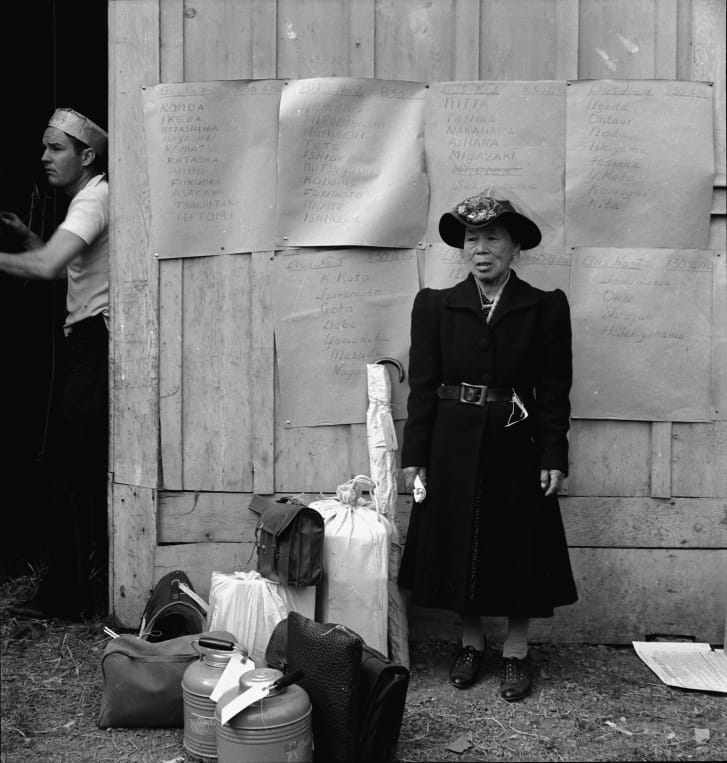
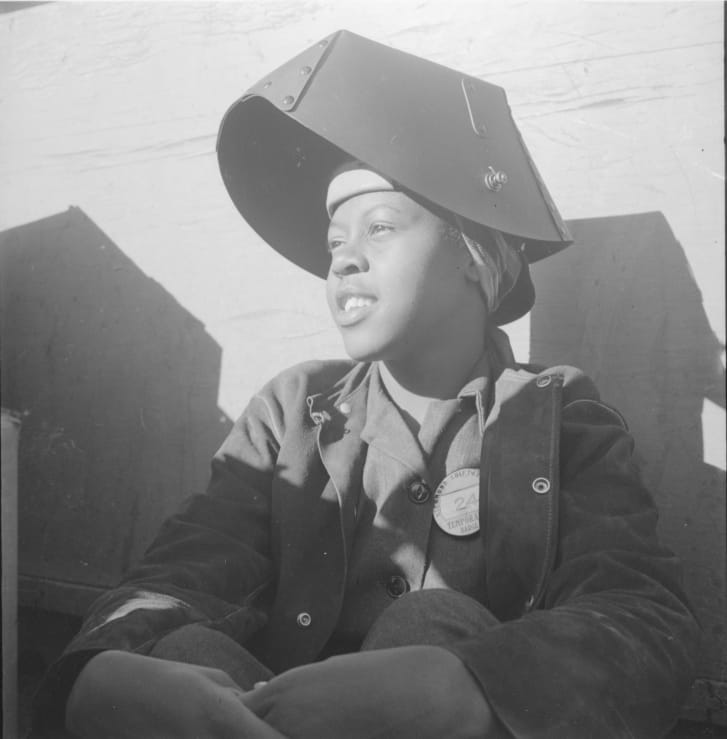
Her mission was not just personal: Lange had been hired by the photographic unit of the Farm Security Administration -- a progressive New Deal agency founded to alleviate poverty -- to document the growing migrant crisis. But her images went far beyond bureaucratic reportage. A skilled portraitist, Lange famously possessed an ability to return a sense of dignity to a group that had been routinely dehumanized. She had also come of age during the modernist transformation of photography into an art form, and turned her lens on America's social ills with an aesthetically gripping style that captured the country's imagination.
"She and the FSA were clearly dedicated to improving the lives of migrants and drought refugees by creating public sympathy through the use of powerful imagery. And of all the FSA photographers, I think Lange was the most successful at making images that were factual, but which also packed an emotional wallop," Drew Johnson, the curator of photography and visual culture at the Oakland Museum of California, said in an email. Johnson curated "Dorothea Lange: Politics of Seeing," a major traveling exhibition now on view at the Barbican in London (organized by Alona Pardo and Jilke Golbach).
Read the entire article at CNN.

